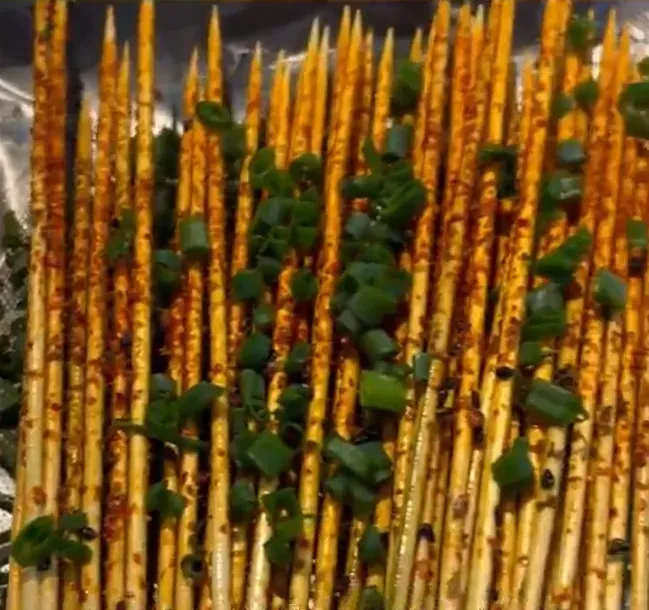While most young birds rely on their parents for protection, the chicks of the Amazonian Cinereous Mourner have their own survival tactic. In order to avoid being eaten by predators, they actually mimic poisonous caterpillars!
On hatching, the chicks are covered with bright orange, spiky feathers that make them look like massive caterpillars that use bright colors to warn predators of their toxicity. And to make their camouflage even more effective, they even writhe about much like caterpillars.
“These traits give it a resemblance to a hairy, aposematic caterpillar,” said Dr. Gustavo Londoño, a biologist at the University of California. “Because predation is the main cause of avian nest failure, selection should favor strategies that reduce the probability of nest predation. The caterpillar we encountered measured 12 cm, which closely matches the size of the L. hypopyrra nesting. The striking morphological similarity is the caterpillars’ orange ‘hairs’ with white tips, which match almost exactly the nestling’s elongated orange downy feather barbs with bright white tips.”
Photo: Londoño Et Al American Naturalist
Dr. Londoño and his colleagues explained that the Cinereous Mourner have modified their behavior over the years in order to keep their young safe. Adult birds deliberately feed chicks only once every hour, to slow down their movements. And the chicks do not beg for food when the parent arrives at the nest, because they don’t know if the arriving bird is a parent or a predator. This helps put off potential predators.
Photo: Londoño Et Al American Naturalist
Scientists believe the Cinerous Mourner developed this fascinating evolutionary advantage to make up for the relatively long time the chicks spend in the nest before venturing out on their own – 20 days. This is when they are most vulnerable to predators.
Photo: Londoño Et Al American Naturalist
Interestingly, nothing was known about the Cinereous Mourner chicks’ mimicking abilities up until 2012. But then a team of scientists pointed out how odd it was that these chicks were so bright, instead of blending with the background. Dr. Londoño and his team observed the chicks in the wild, filmed them, and finally uncovered the brilliant survival strategy. Popularly known as Batesian mimicry, the strategy has been found in many other species, especially butterflies.









